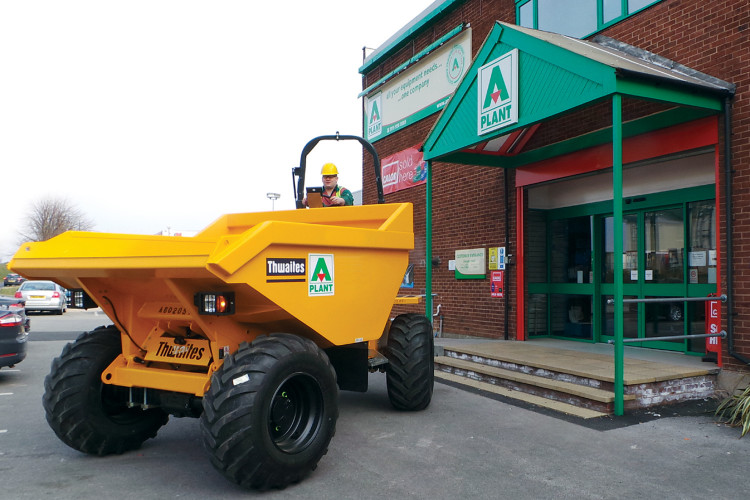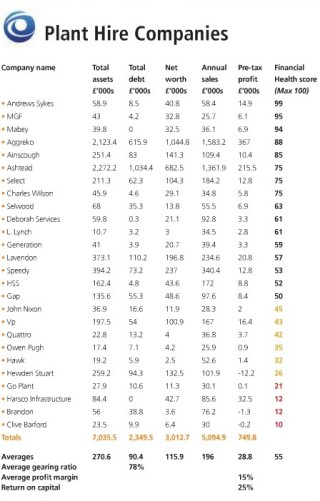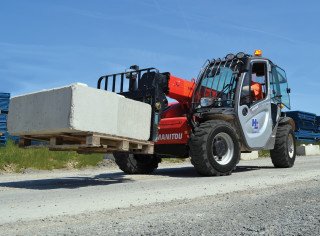Another month has passed, bringing yet more good news of progress towards sustained recovery in the construction industry after five long years of financial strain for businesses and emotional stress for their long-suffering managers. Despite a tiny dip in August, construction output according to the Office for National Statistics (ONS) was still up 4% year-on-year. House building output is now growing at its fastest rate for a decade, according to the latest survey of purchasing managersthrough the Markit/CPS PMI. In a rather more folksy illustration of rising activity levels, utilisation of the UK’s tower crane fleet is estimated to be back up to between 75% and 80%, a far cry from the depths of 2009, when over half of it was lying idle. Construction insolvencies continue to fall, down in September for the eleventh consecutive month.
For those UK contractors, subcontractors and construction suppliers whose activities extend beyond the UK’s borders, output in the Euro area grew by 0.5% in August and by 0.4% across all 28 countries in the EU. There were even tentative signs of growth in the battered Irish construction industry. Plant hire companies are a barometer of construction activity; little can be done without their involvement. The companies we analysed are those with turnover of £25m or more in their latest published accounts. The sample totalled 26 UK based companies, although it should be noted that some of them such as Aggreko and Ashtead earn the majority of their revenues abroad, while some others, such as Lavendon have substantial international operations.
Wherever possible we have excluded companies that operate only as internal hirers within a larger group. Equally we have been unable to disentangle the plant hire operations from within the overall figures for some complex construction groups, especially some foreign-owned entities. The Company Watch data on the financial status of leading UK plant hirers shows a level of profitability which must be the envy of most other sub-sectors, notably those featured in our previous reports for The Construction Index.
Overall, their margins were 15% on reported turnover, which compares with just 3% for road builders and commercial builders and an even more paltry 2% for M&E contractors.
Things have a come a long way from my days as the CFO of the plant hire division of Bovis in the 1970s, where the business model appeared to rely on breaking even during the useful UK life of the kit and then making a substantial profit selling it second hand into emerging markets overseas.
These elevated profit margins are of course the recompense for a far heavier fixed asset investment requirement than that faced by most other construction businesses. The 26 companies have average borrowing equivalent to 78% of their net worth. This compares with gearing of 39% for leading commercial builders, 32% for top road builders and a mere 7% for the biggest M&E contractors. Only two of the plant hirers have debt-free balance sheets, compared to over 50% for M&E contractors. Debt is a way of life for this part of the construction market, but it helps these large players to earn a highly respectable 25% on the net capital they employ.
Looking next at the overall financial health of our sample of plant hire companies, Company Watch calculates a health rating (H-Score) for every UK company, based on the interaction between seven key financial ratios involving profitability, funding and asset management.
Here are the results:
.png)
These numbers are extracted from published financial information and processed through a mathematical model, which compares this data with the characteristics of companies that fail and those that survive. This produces an H-Score out of a maximum of 100. Any company with a rating of 25 or below is financially vulnerable. A score between 26 and 50 indicates a company which is financially off colour. Over the past 15 years, more than 90% of all UK businesses which went into insolvency or underwent a financial restructuring were in this warning area of 25 or below at the time. Not every company in this red zone fails, because of remedial management action, but it is a clear indication of heightened financial risk for their clients, suppliers and service providers alike.
Looking at the profile of the 26 plant hirers on this measure, their average H-Score is 55, which comfortably exceeds the norm of 49 for all UK companies of similar size. This is the best reading of the four sectors we have analysed for The Construction Index so far, beating road builders and M&E contractors – both of which scored 54 – and commercial builders with 51 out of 100. The good news is that just 15% of them are in the Company Watch warning area. Across the economy as a whole, the expectation would be that around 25% of any sample would be in this financial twilight zone.
Looking at the better performers, 57% of the sample have H-Scores of 51 and above, as compared to around 50% for all UK companies. Almost all in our sample have avoided the two major potentially adverse factors. There are none with negative net worth and just three that are loss making. Unsurprisingly, the loss-makers are all in the bottom five places in our health score league table. The results of our research are certainly encouraging, but it is worth repeating from our previous reports the warning that our figures cover only the major players out of a highly fragmented market, populated by thousands of much smaller, generally undercapitalised and almost exclusively family-owned SMEs. Inevitably they are less strong financially and too often the victims of the supply-chain squeeze and late payment culture, which remain a curse on the industry. Their prospects are distinctly less rosy.
One of the realities of any growth phase after a recession is that insolvencies have peaked between 15 and 18 months after sustained recovery has become established post every major recession for the past 40 years. The counter-intuitive reason is that surviving companies burn through their reserves during the recession and then struggle to raise the extra working capital they need to fund increased sales and investment.
This effect is likely to be particularly marked this time round because the financial services sector has taken such a hammering, so that many banks and other lenders are still rebuilding their own balance sheets and struggling to meet the enhanced capital adequacy ratios that regulators have imposed on them to reduce the risk of another financial meltdown. Put simply, they have less money to lend and will be far choosier about who they will help to expand as we move through into a busier 2014 and beyond. So while things are looking up for our major plant hire businesses, we must be cautious about the future for the sub-sector as a whole. It seems unlikely that the fall in insolvencies will continue for much longer and plant hirers will be particularly vulnerable because of their need to maintain a higher level of borrowings. There will be both good news and bad news ahead.
Got a story? Email news@theconstructionindex.co.uk





